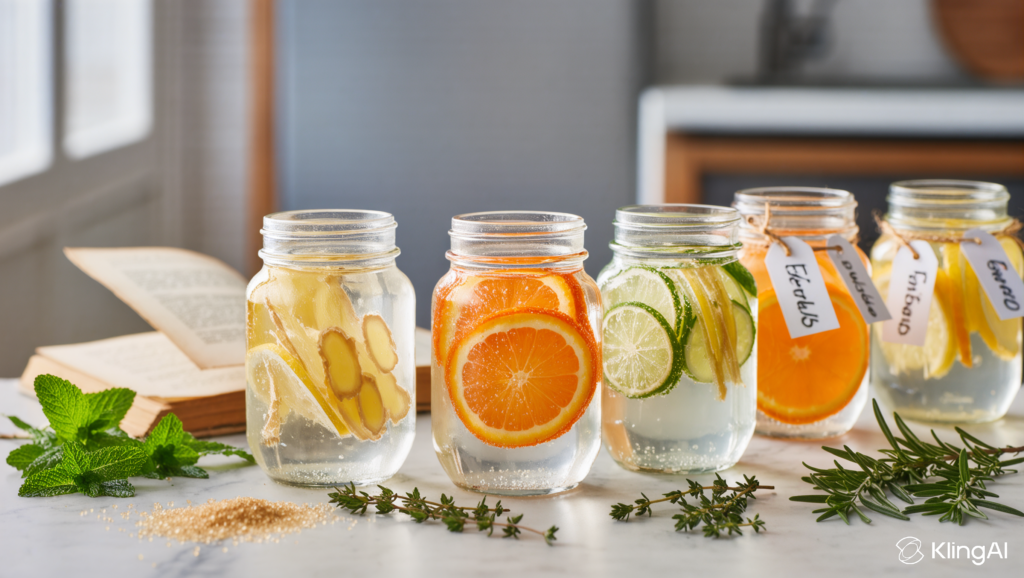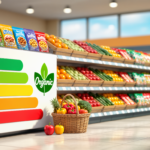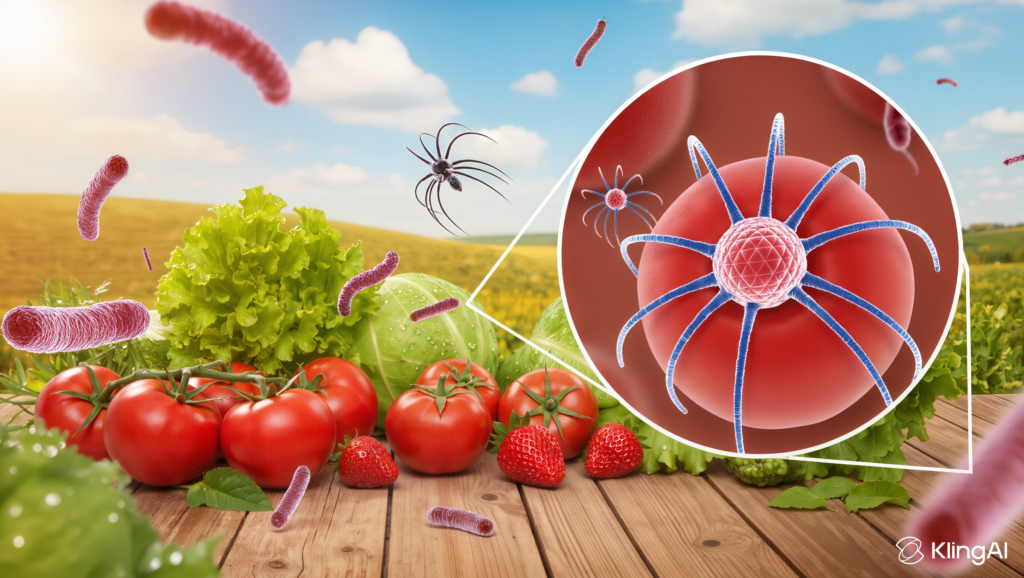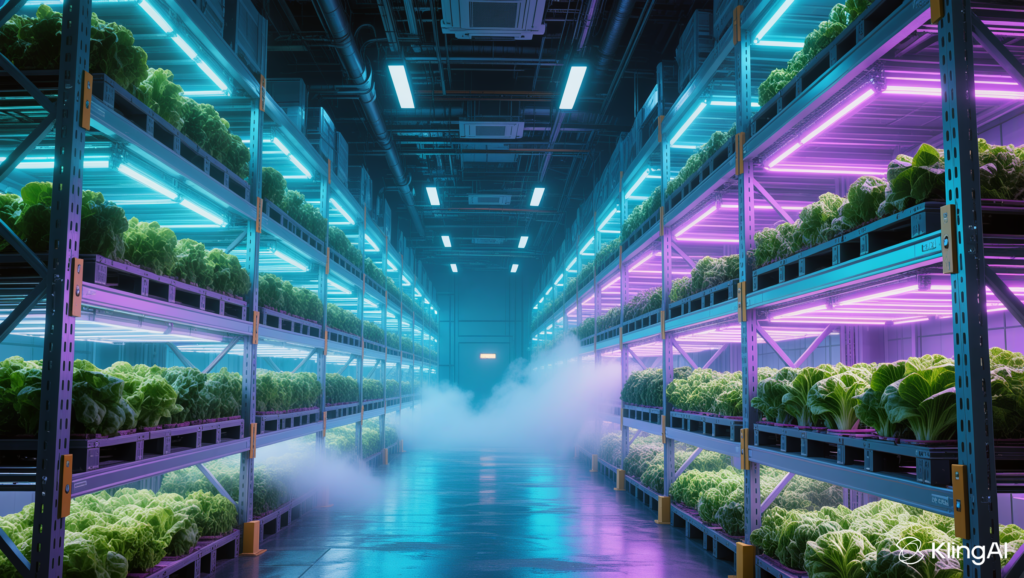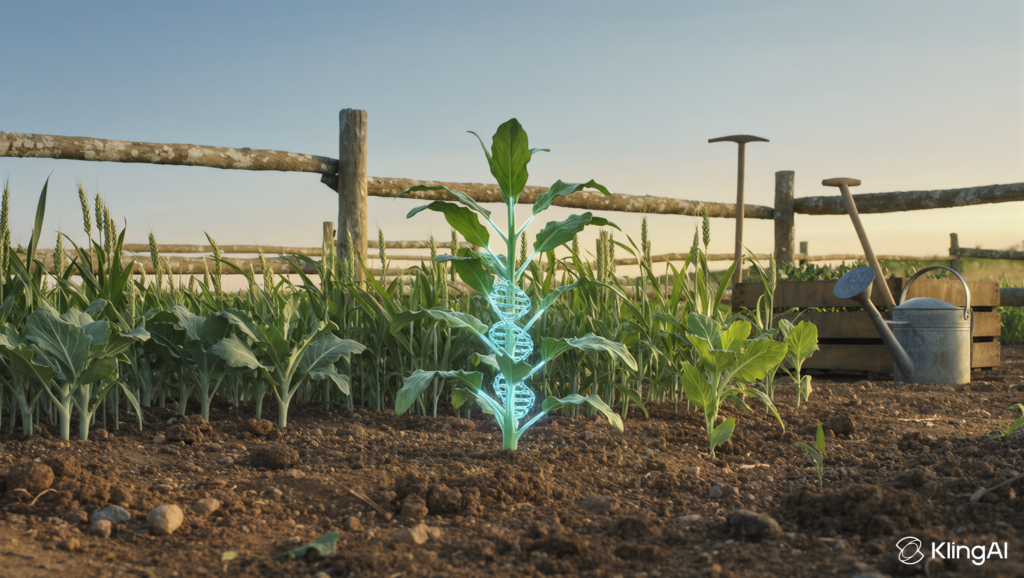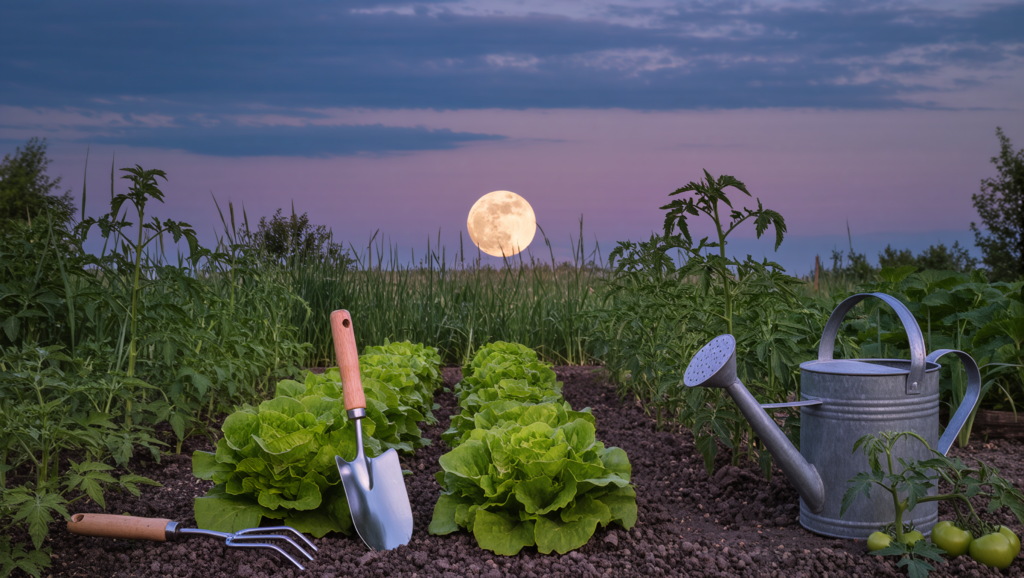Making your own probiotic soda at home is totally doable (and way healthier than grabbing kombucha from the store every time you’re craving something fizzy). Not only do you save cash, but you get a gut-healthy drink with live cultures, natural flavor, and customizable sweetness. Below, you’ll get the lowdown—from the science of fermentation all the way to step-by-step instructions cited from expert sources, plus tips to keep things safe, creative, and delicious.
Why Probiotic Soda Beats Kombucha
Before jumping into the DIY instructions, let’s talk about why probiotic soda is shaking up the wellness world—and how it trumps kombucha for many people.
- Kombucha, the OG fermented tea, is brewed with sugar, bacteria, and yeast, using a funky thing called a SCOBY (symbiotic culture of bacteria and yeast).
- Kombucha is packed with live probiotics and antioxidants from tea, but it often retains residual sugar and calories. Some people find the taste tangy and vinegary, which isn’t always crowd-pleasing.
- Probiotic soda, meanwhile, is typically made with a “ginger bug” that acts as a starter for fermentation. It delivers beneficial bacteria straight to your gut—but often with lower sugar content, familiar flavors like berry or citrus, and (if you want) zero calories by choosing the right natural sweeteners.
Kombucha vs Probiotic Soda Comparison
| Aspect | Kombucha | Probiotic Soda |
|---|---|---|
| Main Starter | SCOBY (tea bacteria + yeast) | Ginger bug, whey, or kefir |
| Sugar Content | 3–8g per serving | Can be nearly zero—depends on sweetener and fermentation time |
| Calories | Often higher | Under 11 per serve |
| Taste | Vinegary, tangy | Fruity, familiar, customizable |
| Health Benefits | Probiotics, antioxidants | Probiotics, optionally prebiotics, synbiotics |
The Science: How Fermentation Delivers Probiotics
The magic happens through wild fermentation. When you use a ginger bug (equal parts ginger, sugar, water, left to ferment a few days), wild yeasts and good bacteria multiply. These microbes chow down on sugar you add to fruit juice (or cooled tea), releasing carbon dioxide, organic acids, trace alcohol, and a blast of probiotics. The result: naturally carbonated soda loaded with beneficial bacteria.
Health Benefits
- Live Probiotics: These help balance and diversify your gut microbiome, which impacts digestion, mood, and immunity.
- Lower Sugar: Fermentation eats up sugar, so the final drink contains less than what you started with.
- Customizable Flavors: You control what goes in—think berries, mint, citrus, even herbal tea.
Safety Matters: How to Keep Your Soda Safe
Fermentation is robust, but safe handling keeps your brews not just tasty but safe to drink.
- Use thoroughly cleaned bottles, utensils, and hands. Hot water + detergent gets the job done.
- Only use non-chlorinated water—chlorine can kill beneficial microbes and ruin your soda.
- Always burp (release gas) daily. Bottles can build up crazy pressure, potentially causing dangerous explosions or big messes.
- Watch out for weird smells (sulfury), mold, stringy or slimy textures. A good probiotic soda should smell pleasantly yeasty, taste tangy, and look clear-to-slightly-cloudy, never slimy. If in doubt, toss it—better safe than sorry.
- If you use honey as a sugar source, fermentation is even easier—raw honey naturally ferments and has its own microbial profile.
Let’s Get Brewing: Step-by-Step Guide
Ready to ditch the commercial stuff and make your own gut-friendly probiotic soda? Here are the steps, drawn directly from trusted fermentation guides.
1. Make Your Ginger Bug
Ingredients:
- 2 tablespoons finely chopped fresh ginger (organic is best)
- 2 tablespoons sugar (raw cane sugar or honey)
- 2 cups non-chlorinated water
Process:
- Combine ginger, sugar, water in a clean jar.
- Stir well and cover loosely with a cloth or lid (so gases can escape).
- Feed daily: add 1 tbsp ginger + 1 tbsp sugar, stir.
- After 3–5 days, you’ll see bubbles and a pleasant yeasty aroma. That’s your ginger bug—your fermentation starter!
2. Prepare the Soda Base
Pick your favorite base—fruit juice (orange, pineapple, apple), cooled herbal tea (hibiscus, jasmine, chai), or even fruit purees. You can add herbs like mint or spices like cardamom to get creative.
Recipe quantities for 1 liter batch:
- 4 cups juice or brewed tea (cooled, non-chlorinated water)
- 1/2 – 2/3 cup active ginger bug liquid (strain out chunks for smoother soda)
- 1/2 cup sugar (or use honey/maple syrup)
- Optional: citrus juice for a zing, fresh herbs or berries for added flavor.
3. Mix & Ferment
Instructions:
- Combine juice (or tea) with sugar in a large bowl; stir to dissolve (skip extra sugar if juice is already sweet enough).
- Stir in strained ginger bug liquid.
- Pour mixture into clean, swing-top bottles, leaving 1–2 inches headspace.
- Seal tightly. Set bottles in a warm spot, out of direct sunlight.
- Ferment for 2–4 days (up to 7 in cooler rooms!). Burp bottles daily—open slightly to release pressure, then close immediately. Look for bubbles and listen for a hiss. Once soda is fizzy and tangy, move it to the fridge.
- Chill before serving—refrigeration stops fermentation and maintains carbonation.
4. Experiment with Flavors
Popular combos:
- Hibiscus + ginger + lime
- Pineapple + mint
- Spiced apple + cinnamon
- Raspberry + basil
Try combining herbal teas (like green tea, jasmine, or hibiscus) with fresh fruit juices and spices. The ginger bug is super flexible!
Troubleshooting & Pro Tips
- Flat Soda? Your bug may be weak. Feed more ginger/sugar, keep it warm, mix daily.
- Too Sour or Funky? Fermented too long. Shorten times next batch and taste daily.
- Exploding Bottles? Burp more often! Swing-top bottles are safest—cheap glass bottles might shatter under pressure.
How Long Does Homemade Probiotic Soda Last?
Properly sealed and refrigerated, it stays fizzy and fresh for up to 2 weeks. Always inspect before drinking for off smells or mold.
Is Probiotic Soda Healthier Than Kombucha?
Absolutely, for most folks! Here’s why:
- Less sugar, more flavor versatility.
- No vinegary aftertaste—tastes like real soda, but with live probiotics.
- Gut-friendly, immune-boosting, potentially prebiotic if you add things like chicory root, inulin, or spices with prebiotic effects.
- Virtually alcohol-free (less than 1% ABV)—making it safe for most, though children and those avoiding trace alcohol may wish to consume in moderation.
Final Thoughts—and Source Credits
Making your own probiotic soda with a ginger bug starter is a brilliant, accessible way to elevate your gut health game. With careful cleaning, quality ingredients, and some flavor creativity, you’ll create a fizzy, refreshing, and nutrient-packed beverage for pennies a glass. No weird chemicals, preservatives, or hidden sugars. Plus, the satisfaction of homemade craftsmanship.
Get creative, listen for that satisfying hiss as you crack open your bottle, and enjoy gut-friendly fizzy soda made the old-fashioned, probiotic-rich way!


